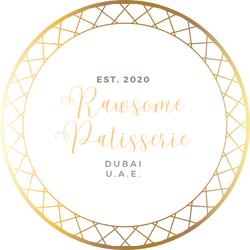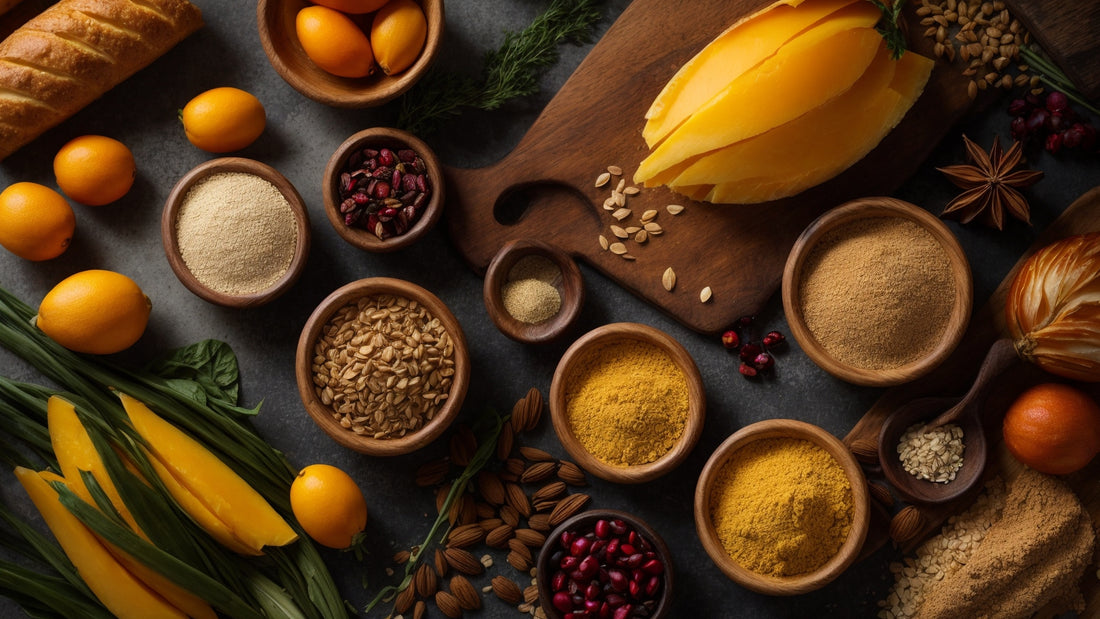Dictionary of Gluten-Free Ingredients
Living a gluten-free lifestyle can be challenging, especially when it comes to deciphering labels and understanding which ingredients are safe to consume. To help you navigate the world of gluten-free eating, here's a comprehensive dictionary of common gluten-free ingredients:
- Almond Flour: Made from ground almonds, this flour is a popular gluten-free alternative for baking.
- Coconut Flour: Derived from dried coconut meat, coconut flour is high in fiber and adds a subtle coconut flavor to recipes.
- Quinoa: A versatile grain-like seed that is naturally gluten-free and packed with protein.
- Brown Rice: A nutritious whole grain that can be used as a side dish or in recipes as a substitute for gluten-containing grains.
- Tapioca Starch: Extracted from the root of the cassava plant, tapioca starch is often used as a thickener in gluten-free recipes.
- Chickpea Flour: Made from ground chickpeas, this flour is commonly used in Middle Eastern and Indian cuisine.
- Buckwheat: Despite its name, buckwheat is not related to wheat and is a suitable gluten-free grain substitute.
- Arrowroot: A starchy powder derived from the roots of several tropical plants, arrowroot is often used as a thickening agent in gluten-free cooking.
- Flaxseed: Rich in omega-3 fatty acids and fiber, ground flaxseed can be used as an egg substitute in baking.
-
Pressed yeast - living yeast cells pressed into a briquette: the texture of pressed yeast can vary from crumbly to plastic, the color is whitish-yellow or with a gray tint with a specific smell
and taste without acid or bitterness. Pressed yeast is stored
in the refrigerator for about a month, so pay attention
for the expiration date on the package. For longer
When stored or kept warm, compressed yeast loses its properties.
Dry yeast is the same living yeast cells from which almost all moisture was removed by drying. - Instant yeast appears as small cylindrical granules that can be added directly to flour.
- Starch is one of the essential ingredients in gluten-free baking. Starch is involved in the formation of the crumb of products, helps to keep bread and baked goods in shape, gives the crumb airiness and porosity, and for products made from other types of dough - airiness, lightness, friability. In baking I use three types of starch: potato, corn and tapioca - obtained from the tubers of the cassava plant.
- Xanthan gum - additive E415, from a chemical point of view, is a polysaccharide obtained by fermentation, using a sugar source and Xanthomonas campestris bacteria. The composition and structure of industrially produced xanthan gum are identical to natural gum, which is produced by bacteria on plants of the Brassica family. In gluten-free doughs, it acts as gluten, giving the dough elasticity, softness, and a porous structure.
- Gluten free flour - flour from alternative types of raw materials: corn, rice, buckwheat, chickpeas, millet, other cereals, nuts, seeds. Flour with gluten includes all types of flour from wheat, rye, barley and unrefined ordinary oat flour.
-
Amaranth flour is flour made from the seeds of amaranth, a grain crop common in Asia and South America.
- Whole grain white rice flour - flour from slightly polished varieties of rice.\
-
Glutinous flour - rice flour from a special variety of rice with a high content of starch and sugars. Traditional flour for making the Japanese dessert mochi. Many people are scared by the name of this flour.
in English - glutinous rice flour - the presence of gluten. However, in translation glutinous means “sticky”, and the name of the flour speaks of its properties, and not about protein composition.
Green buckwheat flour is flour made from heat-treated buckwheat. You cannot replace this flour with steamed (brown) buckwheat flour. -
Gluten-free oat flour - Hulless oat flour. This oat variety is widely used
in a gluten-free diet, since the amount of α-avenins dangerous for celiac disease in naked oats is significantly lower compared with film varieties of cereals. Gluten-free products made from hull oats must have a crossed out ear symbol on the packaging, indicating no traces of gluten in the product.
- Psyllium is a powder made from the husk of the plantain plant Plantago Psyllium, native to Asia and India. Psyllium is 80–85% composed made of fiber and can absorb 45 times its weight in water. Psyllium is used as a stabilizer in gluten-free baking. and a structure former: it helps products keep their shape and prevents them from drying out quickly, and also makes the crumb porous.
- Baking powder without gluten free - leavening agent, in which not wheat flour, but corn starch is used as the main raw material.

While this dictionary provides a starting point for understanding gluten-free ingredients, it's important to always read labels carefully and look for certified gluten-free symbols to ensure a product is safe to consume.
Remember, everyone's tolerance to gluten may vary, so it's essential to consult with a healthcare professional or registered dietitian to determine the best approach to a gluten-free diet for your specific needs.

